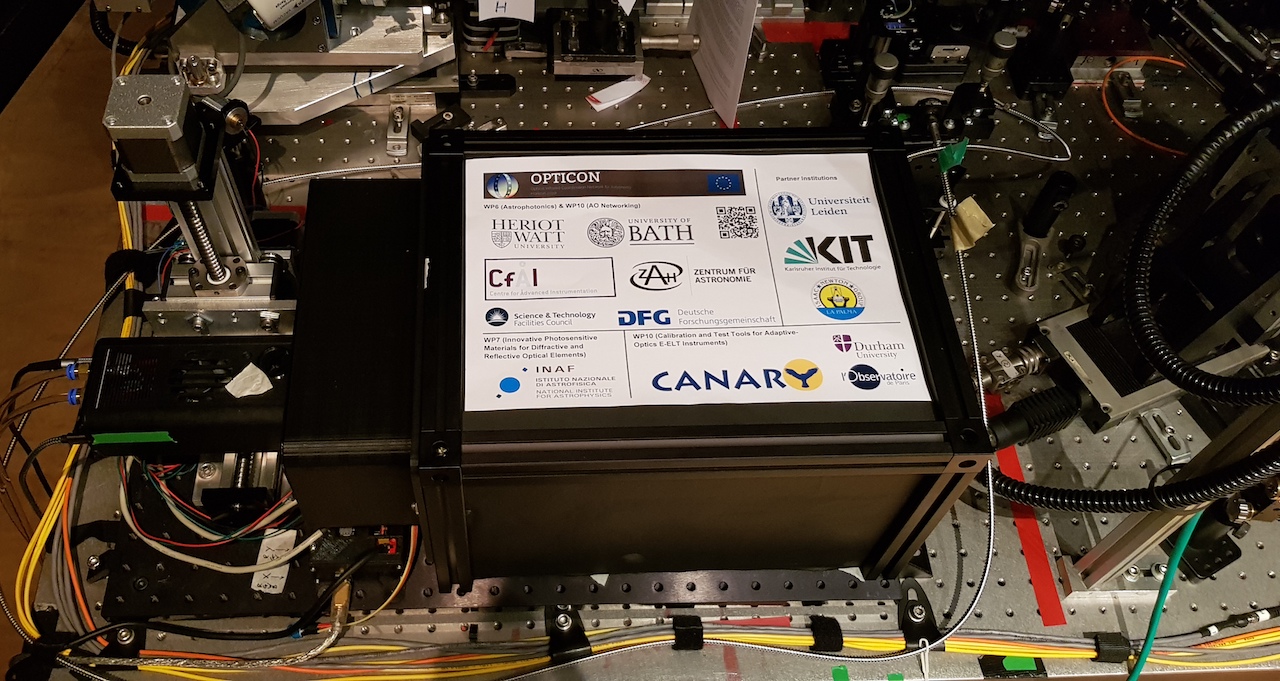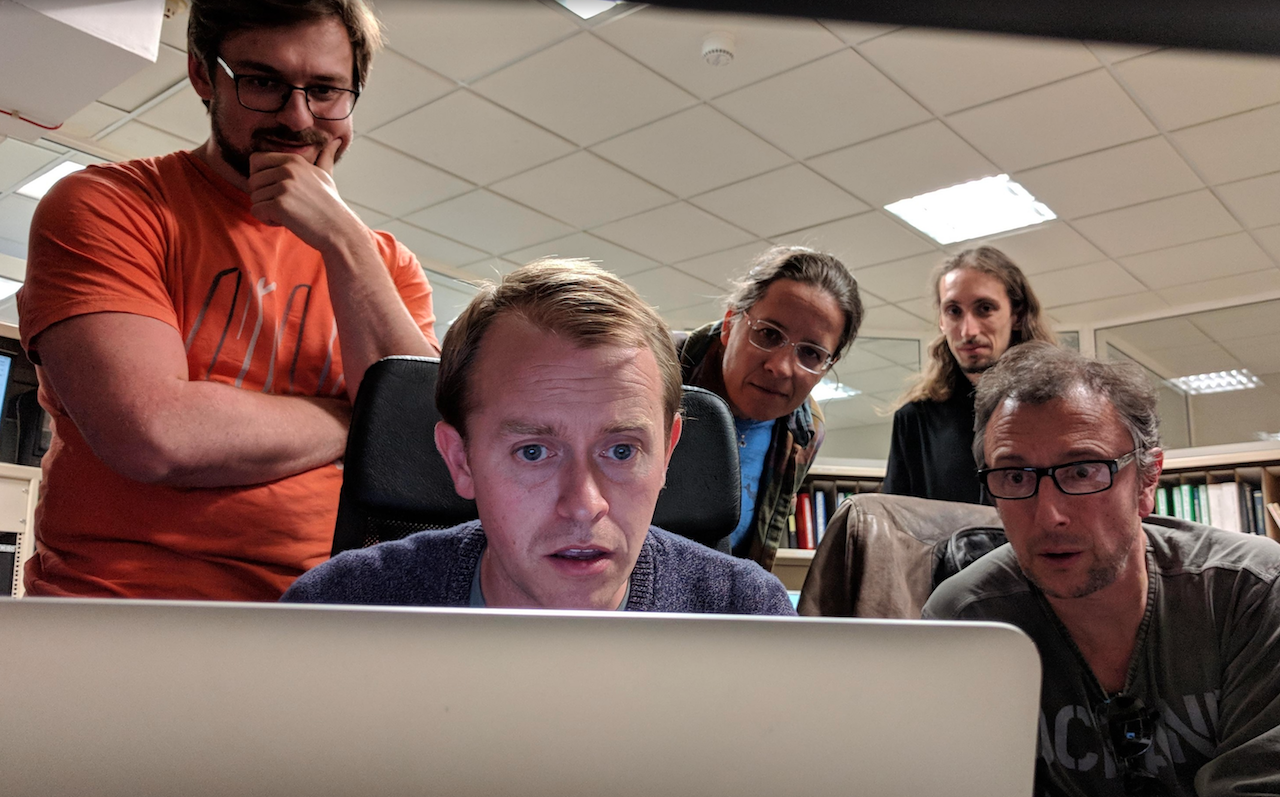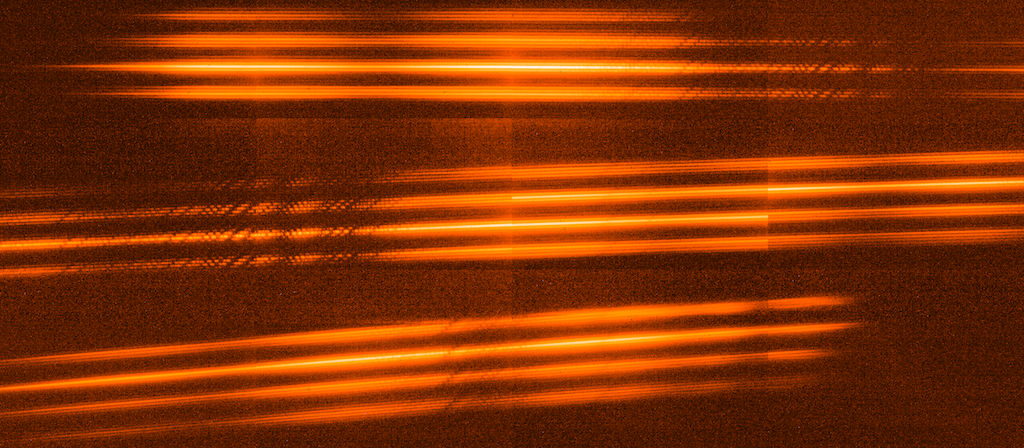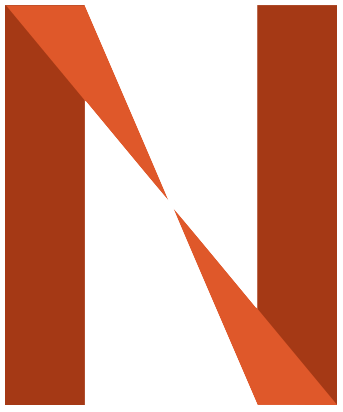From A Crazy Idea To The Skies
By Saavidra Perera
Apr 2020
On the 19th of March, in the midst of the corona-virus lockdown, I sat with Sebastiaan Haffert and Robert (Rob) Harris over Zoom to talk about their collaboration. The design, development and deployment of the Multi Core Integral Field Unit (MCIFU). A collection of ideas that took three years to condense into a research project. The MCIFU (pronounced em-chifu) is a prototype of a spectrograph that will be used to characterize exoplanets.
The project has benefited from over 30 co-authors, with a now transnational group including contributions from the UK, Germany, Italy, France, the Netherlands and the USA.
Back Story
Rob and Sebastiaan (two co-founders of NYRIA) met back in 2014 at the "Reaching the limits of the sky, astronomical instrumentation in the 21st Century" in Chile. It was off the back of this summer school that NYRIA was formed. At the time, Rob was a final year PhD student at Durham University, UK, and Sebastiaan was a Masters Student at Leiden University, Netherlands. Since then, Rob went on to finish his PhD and is now a post-doc at the MPIA, Germany working on the MICADO instrument for the ELT. Sebastiaan finished his Masters Degree and PhD at Leiden University and took his Sagan fellowship to Steward Observatory, USA to work on the exoplanet imaging instrument MagAO-X.Project Description
Can you in a few lines describe the project that the two of you are collaborating on?Sebastiaan: We are collaborating on a small spectrograph.
Rob: To characterise exoplanets. *Rob grins*
Sebastiaan: Yeah [...] what is novel about our new approach is that we use a lot of new photonic technology developed and collaborated from Rob’s side to create a new link between the image plane and the spectrograph [...] for this kind of science you need to have some way to transport the focal plane image to the spectrograph and we developed a new photonic way of doing it by using a special fibre and 3D printed lenses, laser written waveguides, fancy new stuff [...] It’s a novel spectrograph with a novel way of reformatting the image plane into a spectrograph.
What gap does this fill in research?
Sebastiaan: the gap it would fill would be higher resolution, so at the moment we mainly have low resolution spectra of planets [...]. So some people want to know what kind of molecules are present in an atmosphere or what kind of abundance ratio there is, to know that you actually need to go to higher resolution, you need to see the molecular lines, you need to be able to resolve those. So I think that is a gap that the instrument can fill, where before we only had low resolution spectra where you can infer temperature and mass while now with higher resolution you can actually do molecular characterization. [...] There are three major direct imaging instruments in the infrared which are SCExAO, GPI and SPHERE and they have a resolving power of 50 so that means all three can only do temperature measurements of the planet and maybe the gravity, and if they are very very lucky there is a broader water absorption feature or methane feature but they are very difficult to characterise at that resolving power of 50 you really need to go to resolving power of a couple 1000 to be able to do actual atmospheric characterisation.
So what is your resolving power?
Sebastiaan:the measured resolving power was 3000. The design was to go to 7000 and we are effectively operating at half our resolving power.
Starting the collaboration
So Rob brings in the photonic fibres and your [Sebastiaan] side of things is what?Rob: “Sebastiaan is the brain child, its his baby”
So how did you even get to that discussion?

The whole MCIFU, from fibre link to spectrograph on the CANARY bench at the WHT. On top, the original collaborating institute and organisation logos are shown.
Rob: That was at NYRIA in France.
Sebastiaan: I was like, I need that.
*Both Chuckle*
Sebastiaan: That was also the moment when I started discussing things with Rob, in Paris.
Rob: And it's all kind of spiralled since there because we chatted a lot about it at SPIE and we decided we wanted to do it and then a few weeks later I had a report due from OPTICON that I had to work with VPH grating people[...], and Sebastiaan had already mentioned he wanted to make a VPH spectrograph and so we got in contact with them and they were really keen to do that and there was some time at the William Herschel Telescope (WHT) came up in December, so we just thought we would put in an application and we got time. Which meant we had to build the spectrograph.
*Both Chuckle*
Sebastiaan: [...] When we got the telescope time awarded, we didn't have anything yet.
Rob: Yeh. Well you had some basic designs [...] there was a lot of panic after that.
If you work with the right people it's incredible what you can accomplish, find yourself a good group, and enthusiastic group who are willing to go the extra mile then you’re great. - Rob
Concept to Sky
When did you hear that you got the time at the WHT?Rob: In either January or February [2019] we found out.
Sebastiaan: We had our preliminary design meeting at the end of January in Heidelberg. This is also where we came together for two days to discuss everything. The initial idea was that CANARY was going to have two slots one slot in june and a late slot in October. *Both start laughing* And the idea was to go for October.
But it got shifted to June?
Rob: Oh yes
So this was in January when you got the time in June, and all you had so far was the design?
Rob: yeh *both laugh*
So you had 6 months to actually build it?
Rob: yep, test it, put it together and make sure it would work.
So what was that experience like?
Rob: [...] we put everything together in about 6 months and for me it was an absolutely, crazy 6 months, but it was amazing. We had meetings every two weeks and I used to love turning up to the Zoom meeting with a rough agenda, and asking everybody what they had done. Every time they’d done everything you’d asked of them and they usually [had] done a bit more. It was amazing to work with such a motivated team, no politics, just everyone aiming to achieve this difficult goal.

(Left to Right)Sebastiaan, Rob, Maude, Clément and Eric, enjoy seeing the first light from the spectrograph
Sebastiaan: With the time constraints we couldn't ship it, so we had to take it in suitcases with us on the airplane.
So basically you were working right up until the end of the deadline then, until you flew?
Sebastiaan: Yeh I think we got the final fibre like a week before Rob left for La Palma. Rob: [...] I picked up the final fibre link finished on Saturday and flew on Sunday *Everyone laughs*
How long were you there before you went on-sky?
Rob: So I arrived on the 7th and we wanted to go on-sky on the 18th [...] And actually you [*pointing to Sebastiaan*] showed up a little bit later and i was so glad you showed up because i had spent so long trying to fix stuff that i was just exhausted and broken and nothing was working.
[...]
Sebastiaan: The run was for 5 nights in total, 2 hours or 3 hours per night.
Rob: And we didn't go on-sky the first night.
[...]
Sebastiaan: [On the second night] we got terrible throughput, because there was a misalignment.
Rob: [..] The dome was open, everything was up and running and we tried to align it using the internal sources which we had done during the day, but we saw absolutely nothing [...] the beam had moved by almost half a cm, so you aligned it and we actually managed to get some light in and then we opened the dome looked at the sky and saw nothing once again, so out of our two hours we had that night with about 15 minutes to go we still had no light. So Eric Gendron worked his magic to find the star. We were looking at Vega, but so badly aligned we got almost no light through. After 20 seconds we got our first spectra, it was just above the noise, but I was unbelievably happy we got something.
Sebastiaan: So the third day we went in, realigned everything again and at that point we had a proper alignment with Canary. That night we got good results.
Rob: yeah, so that was amazing actually seeing what it could do when everything was properly set up.

Finally on sky producing results. A stitched spectrum of Vega, running fast enough to see the vibration from the telescope smearing out the images.
Sebastiaan: So we were still looking at Vega but in this case we could look at Vega with high signal to noise and short exposure time.
Rob: The point where we could actually see how the AO was performing, which was really cool.
Sebastiaan: So the nice thing was that it was that we finally got a good amount of light through. It took quite a long time of aligning stuff.
Rob: So much time *Rob puts his hands to his face*.
Sebastiaan: Fourth night we did a bit more optimization of the alignment and that night the AO was also working spectacularly well because the seeing was very good [..] on the last night we got really good data. Seeing was good, AO was working, we were working.[...] we looked at a couple of targets but it was mainly bright targets because we wanted to test that it worked.
So what’s next?
Rob: We were scheduled to integrate the MCIFU into MagAO-X for tests in 2020, however, due to COVID-19 our plans changed. Our fibre is currently in Arizona, spectrograph in Italy and detector in Germany, not ideal. Once everything returns to normal, we’ll integrate the MCIFU with MagAO-X, forming a test bed for future upgrades.
Advice
What advice can you offer to someone trying to build collaborations?Sebastiaan: If there is someone that is doing interesting stuff that you may benefit from, always talk to them [...] just always ask about their research. There is never a case where people do not want to talk about their research.
Rob: Don’t be afraid to talk about crazy ideas with people because sometimes they end up working out really nicely.
Sebastiaan: [..] You have several states of ideas if someone says something and everyone says that's a crazy idea then it's probably a crazy idea. If it's something that 50 % of people say it's a crazy idea and 50% of people say well it maybe might work then it's probably super interesting.
In academia that's what people look for, creative people that come with creative solutions , it's not something that you have or you don't have it's something that you practise - SebastiaanIf someone was looking for a phd would you from your personal experience encourage people to work on smaller projects?
Sebastiaan: [If working on a big project ] [...] I mean it's very nice working in a large collaboration. You learn a lot and you are a part of a big project that will probably make a large impact. What is also cool is that you are doing cutting edge high quality work [...]. But sometimes I have a little bit [of] the feeling that these large consortium projects limit your personal development. I think for your personal development you should be able to just explore small and crazy experiments, make mistakes and just try out something on your own. Academia searches for people that come with creative solutions. Having creativity is not something that you have or you don't have, it's something that you practise in my opinion and you get that from just messing around. So you should make sure you can mess around with an unimportant project at least one day a week or one day every two weeks. While the project may not be important, you develop the skills and insights on how you should actually attack a project from the beginning to the end.
Rob: [...] what I would add to that, is there is so many different people in PhDs, some people really like to be left completely on their own and make their own way through and other people really like deadlines, they like things set so definitely when you can be creative but also follow what you enjoy doing the most and figure out what phd student you want to be.
